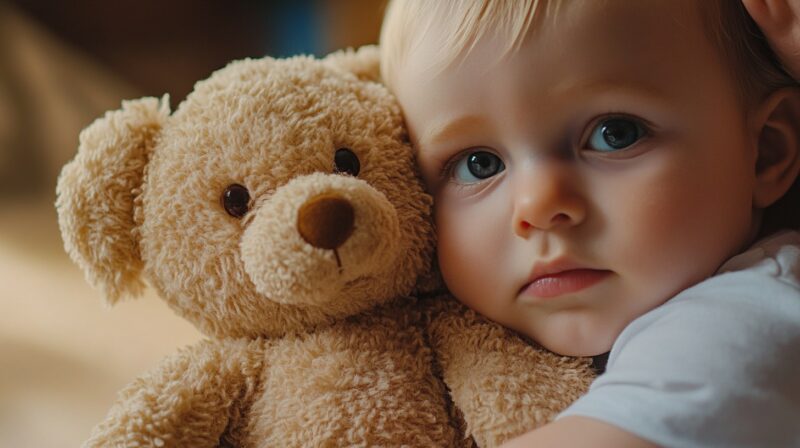Separation anxiety is a common and natural stage of a baby’s development, typically occurring as they grow more attached to their primary caregivers.
While this phase can be challenging, understanding the signs can help you navigate it with confidence.
That is why we want to provide you key indicators that your baby may be experiencing separation anxiety, so you can offer them the comfort and reassurance they need during this time.
Signs and Symptoms of Separation Anxiety
This fear is a key indicator that the baby is developing strong attachment bonds and feels anxious when away from their caregiver.
Here are the most common signs something is going on:
1. Clinginess
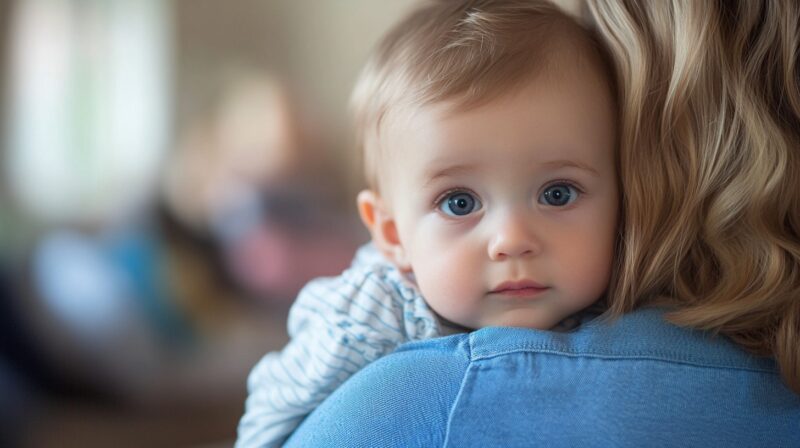
One of the most noticeable signs of separation anxiety is clinginess. Babies experiencing this will often cling to their primary caregiver more than usual, refusing to leave their side. This behavior is especially prominent in unfamiliar environments where the baby feels uncertain or anxious.
They may become highly dependent on their caregiver, needing constant physical closeness or reassurance.
The clinginess is a direct reflection of the baby’s growing attachment to their caregiver and their fear of being apart from them, as they haven’t yet developed the emotional tools to handle separation.
Even a brief absence can lead to distress, causing the baby to stay close to their caregiver at all times.
2. Shyness or Fear of Strangers
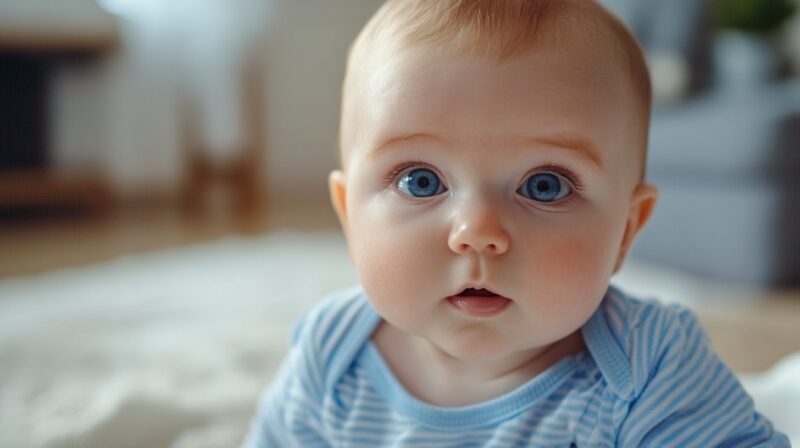
Another common sign of separation anxiety is increased shyness or fear of strangers.
Babies who once were comfortable around other people may suddenly become anxious or fearful in the presence of unfamiliar faces.
- Family members
- Friends
- Babysitters
The baby may hide behind the caregiver, avoid eye contact, or cry when approached by someone unfamiliar.
The reaction reflects the baby’s heightened sense of attachment to the caregiver and their uncertainty about being left with someone else.
While this behavior can be challenging for caregivers, it is a sign that the baby is developing healthy attachment bonds.
3. Crying or Fussing When Caregiver Leaves
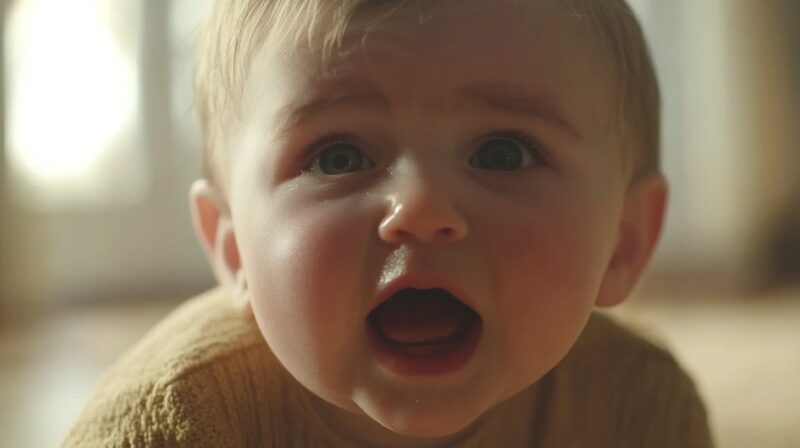
Crying or fussing is one of the most immediate and common responses to separation anxiety.
Babies often cry intensely when the caregiver leaves the room or when they are handed to someone else, signaling their distress at the separation.
In some cases, the crying may be brief, and the baby quickly calms down.
For some babies, the distress lasts until the caregiver returns, making it difficult for them to be consoled by others.
This behavior highlights the baby’s fear of abandonment and the uncertainty of when or if the caregiver will return.
It can be emotionally taxing for both the baby and the caregiver, but it is a normal reaction during this developmental phase.
4. Sleep Disturbances
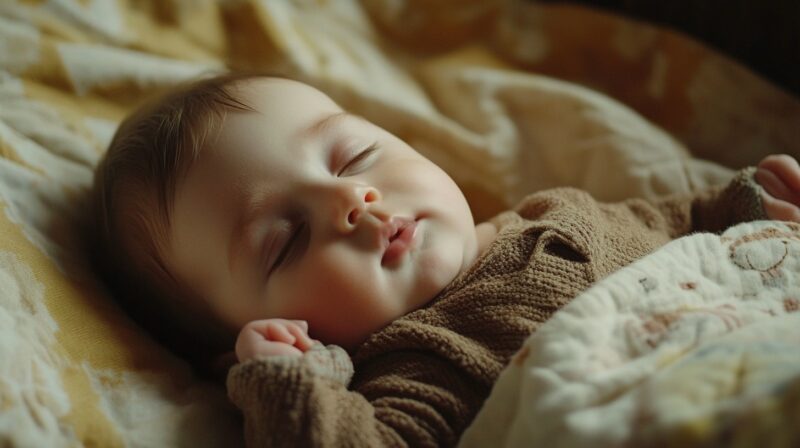
Sleep disturbances are another significant sign of separation anxiety. Babies who were once good sleepers may begin to cry at bedtime, refuse to sleep alone, or wake up frequently during the night.
It happens because bedtime can feel like another form of separation from their caregiver, triggering feelings of anxiety and insecurity.
The baby may resist sleep altogether, needing a caregiver nearby to fall asleep or to return to sleep when they wake up during the night.
Sleep regression during this time is common, as the baby’s anxiety over separation extends even into their rest.
Creating a comforting bedtime routine can help alleviate some of these sleep disturbances, but it may take time for the baby to adjust.
Stages of Separation Anxiety

- Protest
- Despair
- Detachment
Each stage represents a different emotional reaction to separation from a caregiver.
- Protest:
- In the initial stage, babies express their discomfort through loud crying and resistance to separation.
- They may actively seek to stay close to the caregiver, following them around or becoming upset when the caregiver leaves.
- This stage is marked by heightened anxiety and distress.
- The baby might display clinginess and throw tantrums if separated from the caregiver, signaling that they are struggling with the absence.
- Despair:
- During prolonged separations, babies may enter the despair stage.
- The baby may stop crying and become less active, displaying signs of withdrawal.
- They may appear to be in a state of sadness or hopelessness, indicating that the separation is taking an emotional toll.
- The child may show little interest in their surroundings and become quiet, almost as if they have given up on the caregiver returning soon.
- Detachment:
- The final stage is detachment, where the baby may begin to engage with others or explore their environment.
- However, this detachment is often a coping mechanism rather than a true resolution of separation anxiety.
- While the baby seems more independent, it is essential to recognize that this stage could indicate the baby is still struggling internally with the separation.
Understanding these stages can help caregivers approach separation anxiety with empathy and strategies to support the baby through each phase.
Causes of Separation Anxiety
One of the primary causes of separation anxiety is the development of object permanence.
Before babies reach a certain cognitive milestone, they believe that objects and people cease to exist when they are out of sight. Between 4 to 7 months, babies start to understand that objects, including their caregivers, continue to exist even when they are not visible.
This realization can lead to anxiety, as babies become uncertain about when or if their caregiver will return.
Another contributing factor is the baby’s temperament and attachment style. Each baby has a unique temperament that can influence how they respond to separations. For instance, some babies are naturally more sensitive or anxious, making them more prone to separation anxiety.
A secure attachment style, where the baby feels confident in the caregiver’s return, can help mitigate the severity of separation anxiety.
Babies who have less secure attachments may experience more intense feelings of fear and distress during separations.
The overall family environment can play a role. Babies who experience frequent changes in caregivers or stressful household conditions may develop separation anxiety earlier or more intensely.
Recognizing these causes helps caregivers offer the reassurance and consistency needed to reduce anxiety and build the baby’s confidence.
How to Handle Separation Anxiety
Handling separation anxiety in babies requires a combination of strategies designed to ease the transition and provide reassurance.
One effective approach is to establish a routine. Babies thrive on predictable schedules, and creating consistent routines for sleep, feeding, and goodbyes can help reduce anxiety.
For example, a goodbye ritual, such as saying goodbye with a special phrase or hug, can provide the baby with a sense of predictability and security.
Another useful strategy is gradual separations. Starting with short, manageable periods of separation can help babies adjust to being away from their caregivers.
Caregivers can practice leaving the baby for short periods and then gradually increase the time as the baby becomes more comfortable.
This slow adjustment helps babies build trust that the caregiver will return, reducing anxiety over time.
Positive reinforcement is also essential. Encouraging independence through games like peekaboo or offering comfort objects, such as a favorite toy or blanket, can help babies feel more secure when separated from their caregiver.
Providing positive experiences during separations allows babies to associate being apart from the caregiver with safe, enjoyable moments.
With patience, consistency, and understanding, caregivers can help babies manage and eventually overcome separation anxiety.
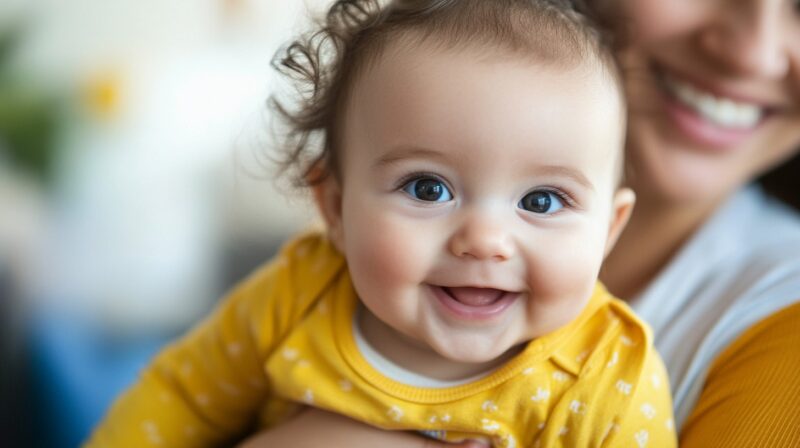
The Bottom Line
Separation anxiety is a common and normal stage in a baby’s development.
With time, patience, and gradual exposure to short separations, babies will eventually outgrow this phase.
As babies grow, they may show signs of speech development challenges like childhood apraxia that requires attention.
Understanding the signs and implementing supportive strategies can help make this transition smoother for both the baby and the caregiver.

